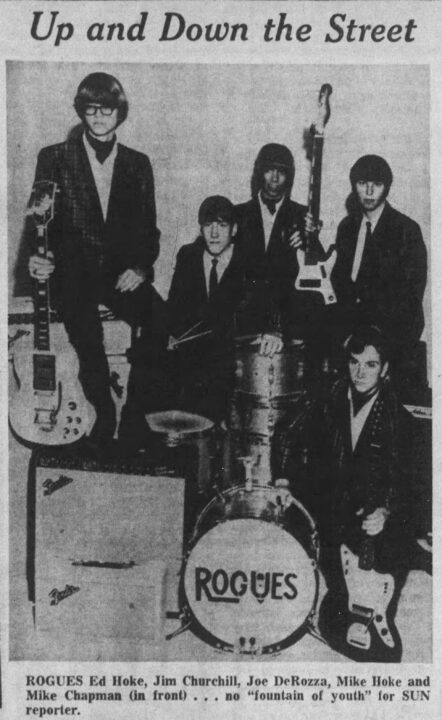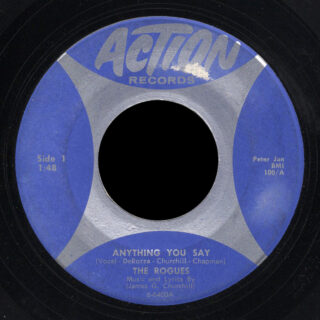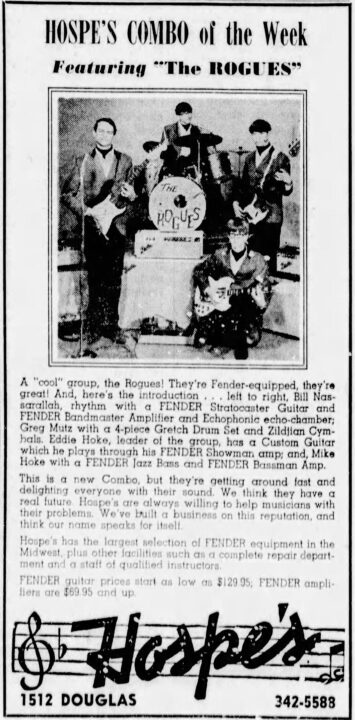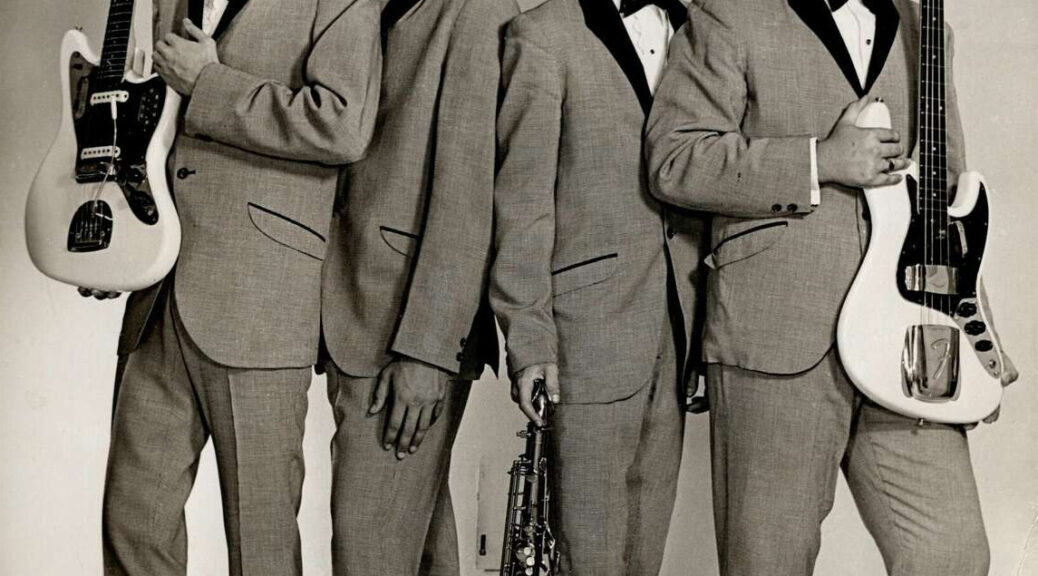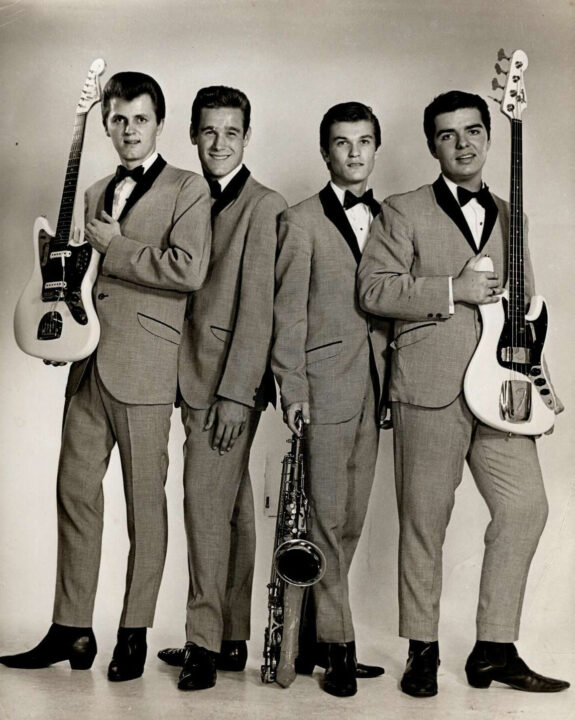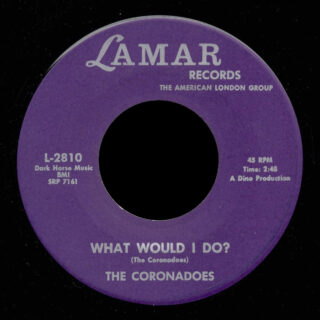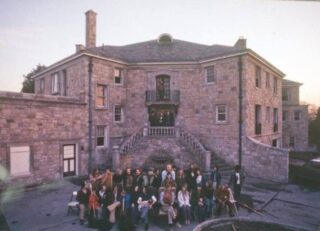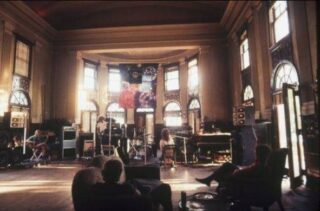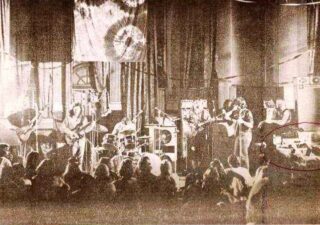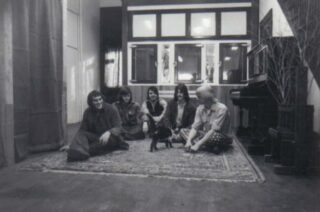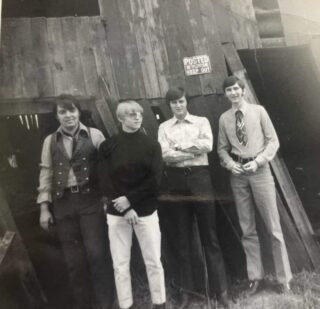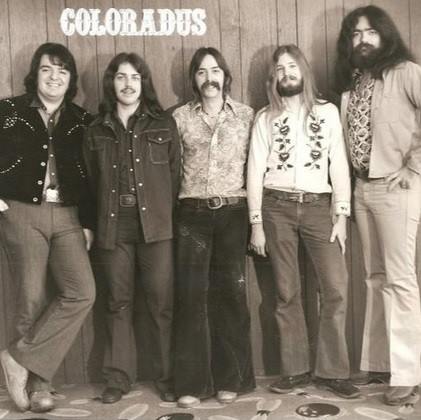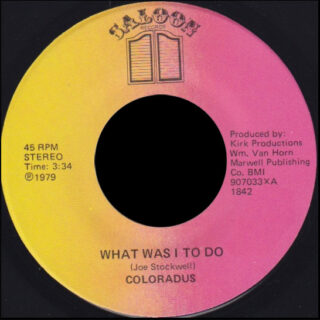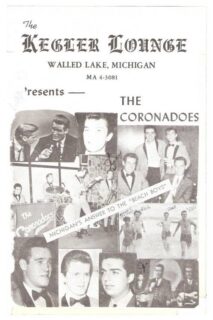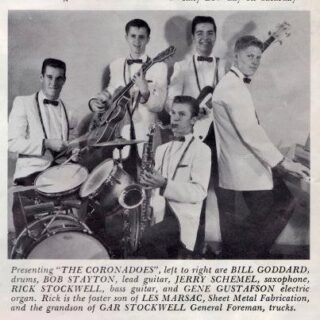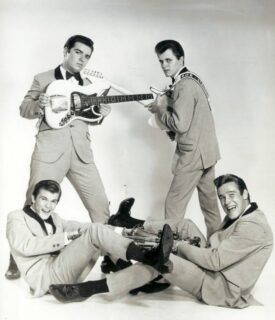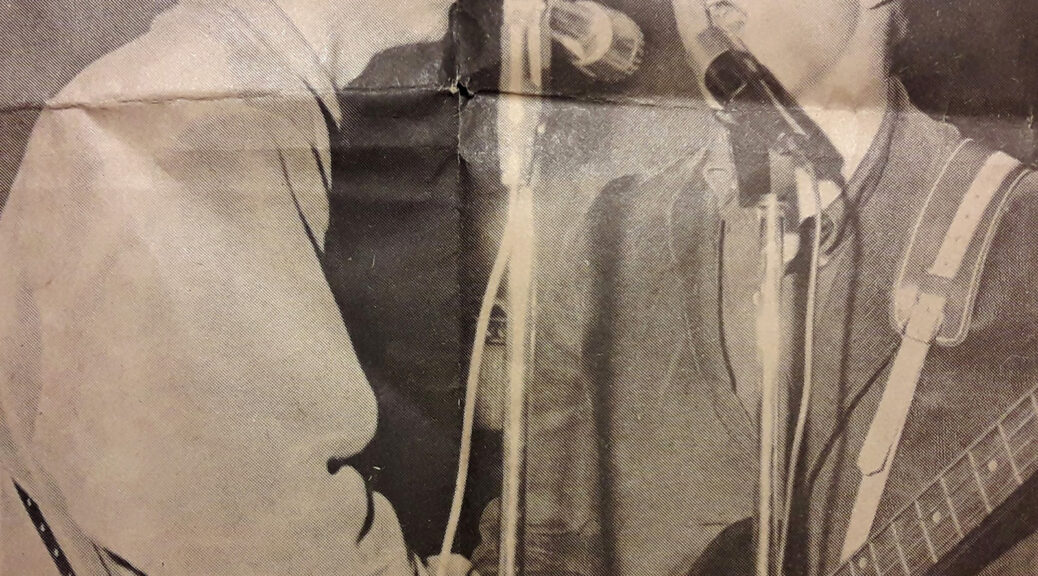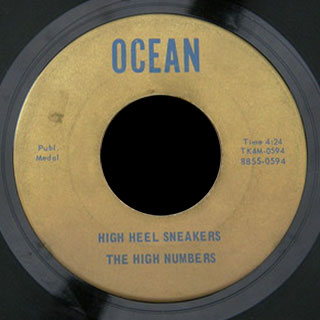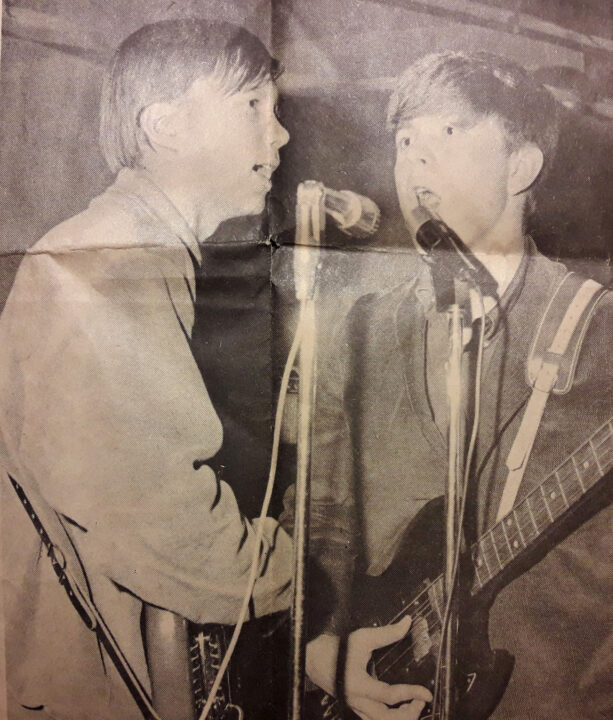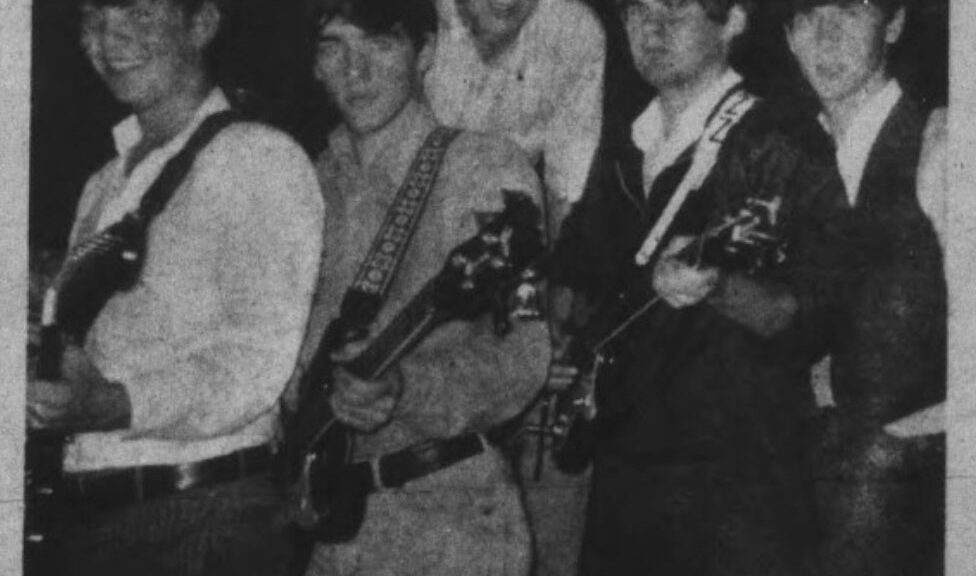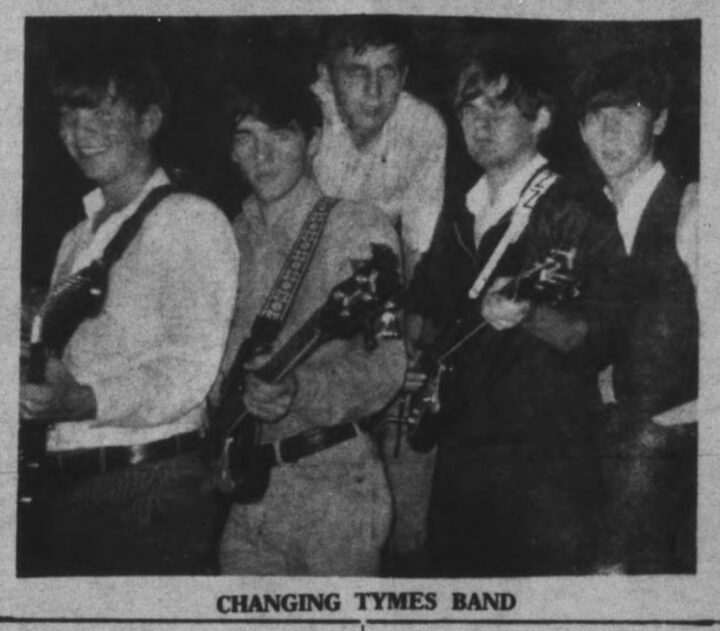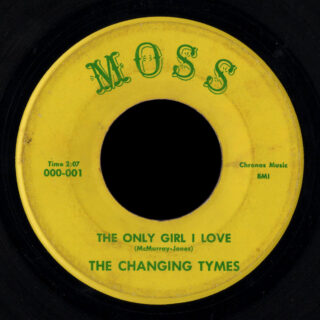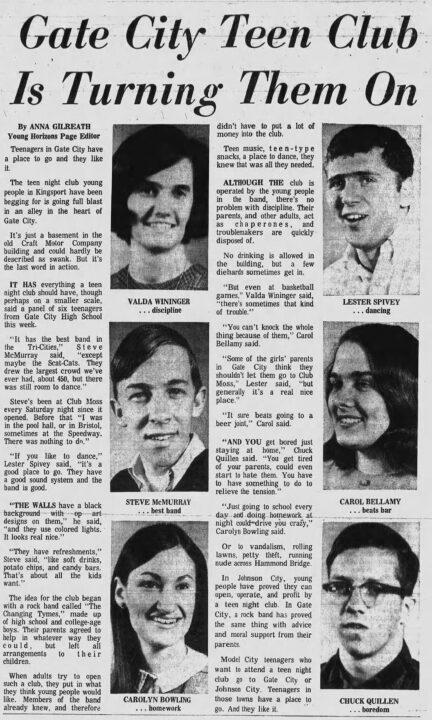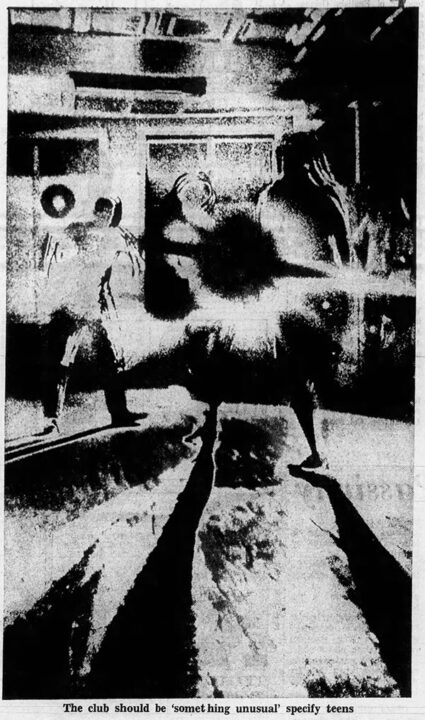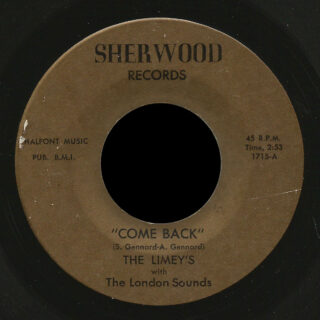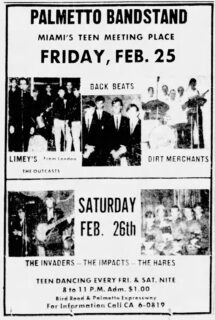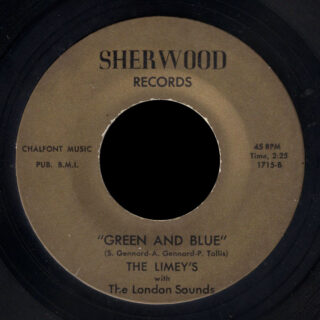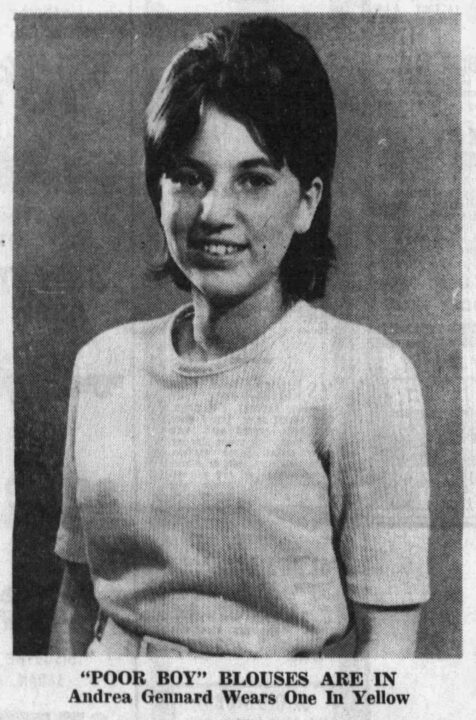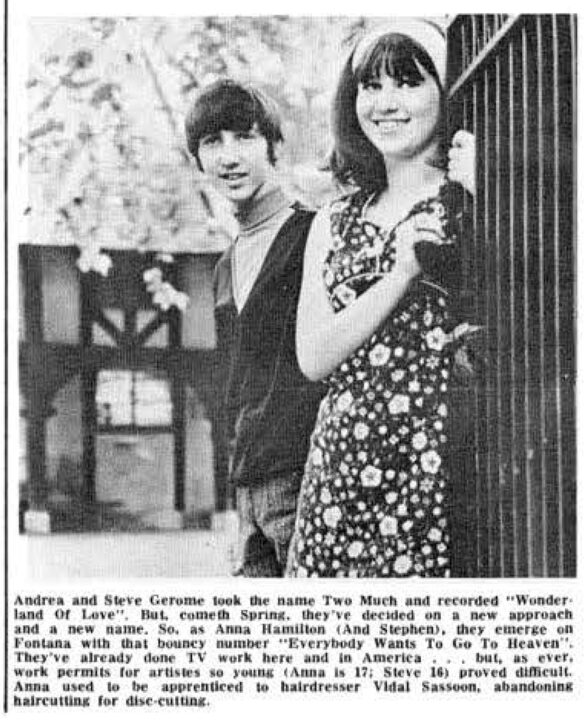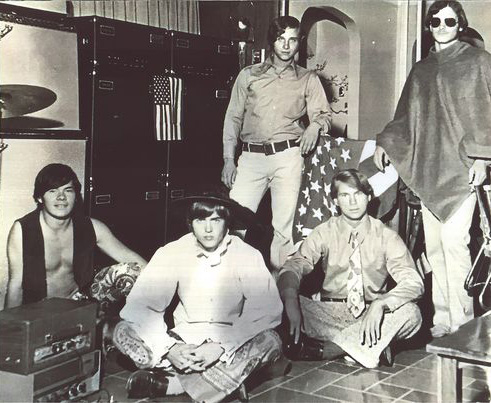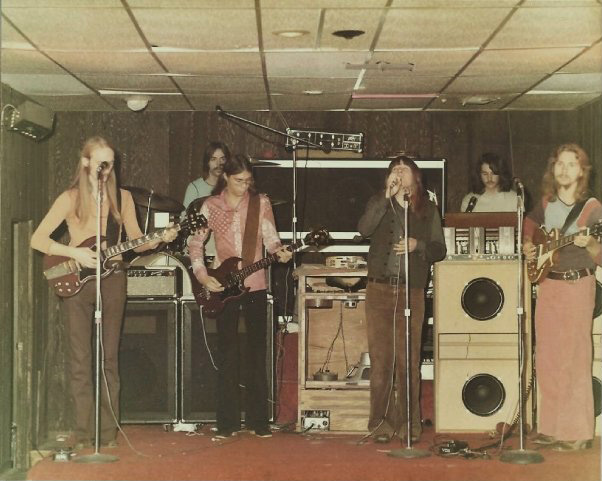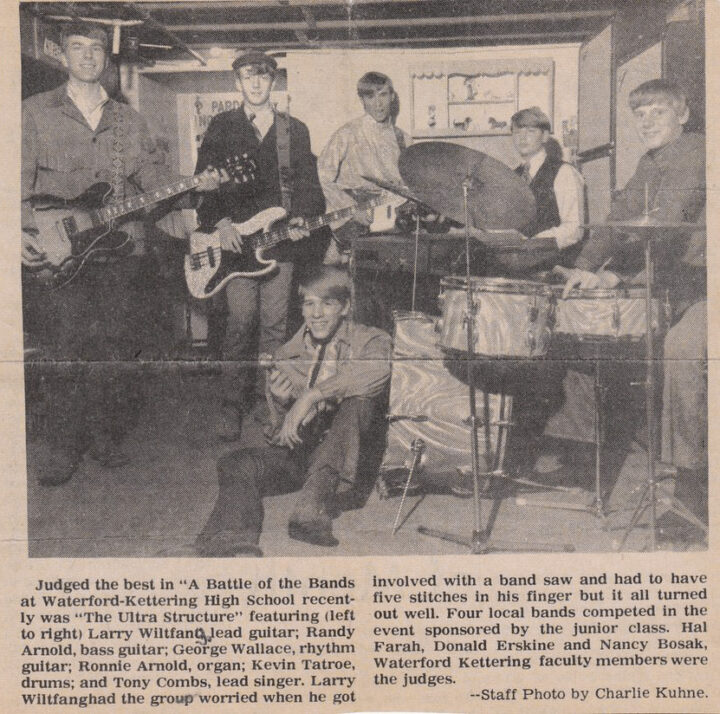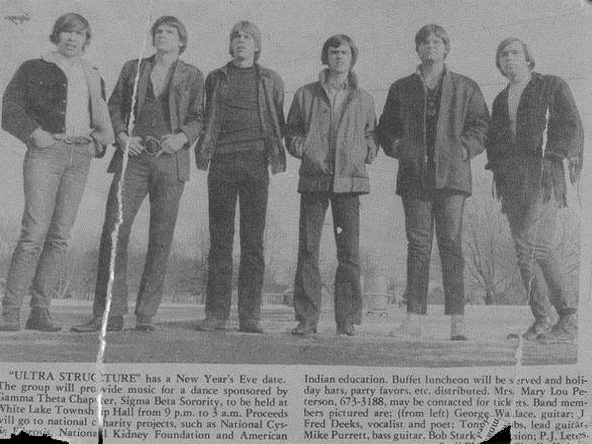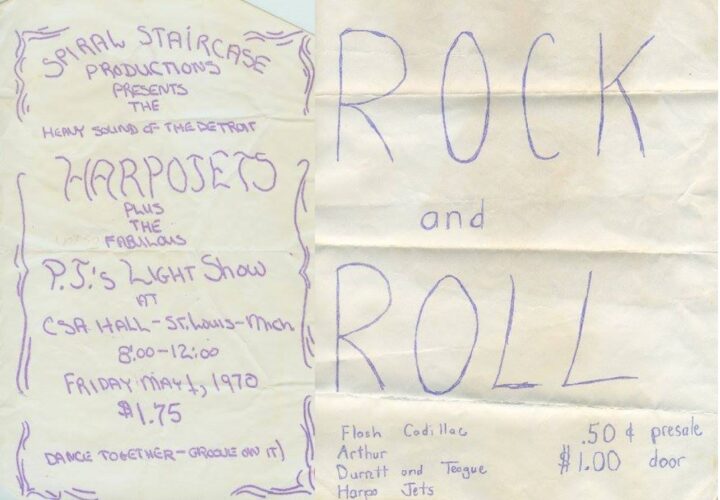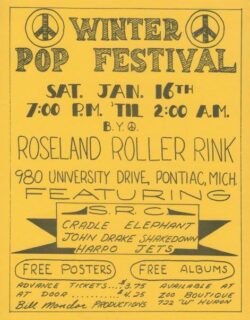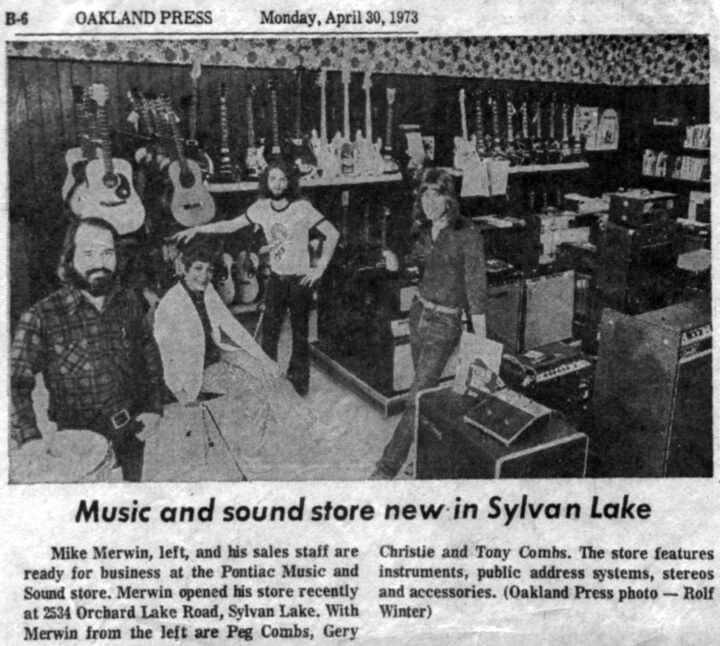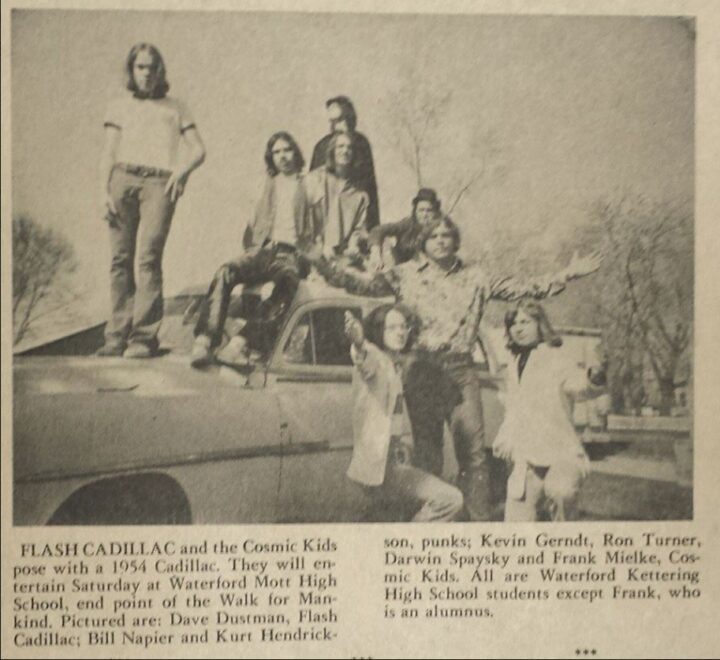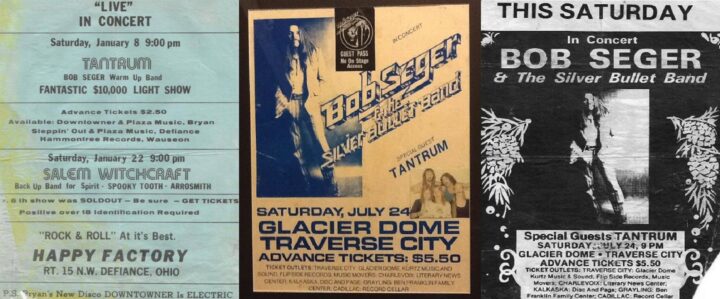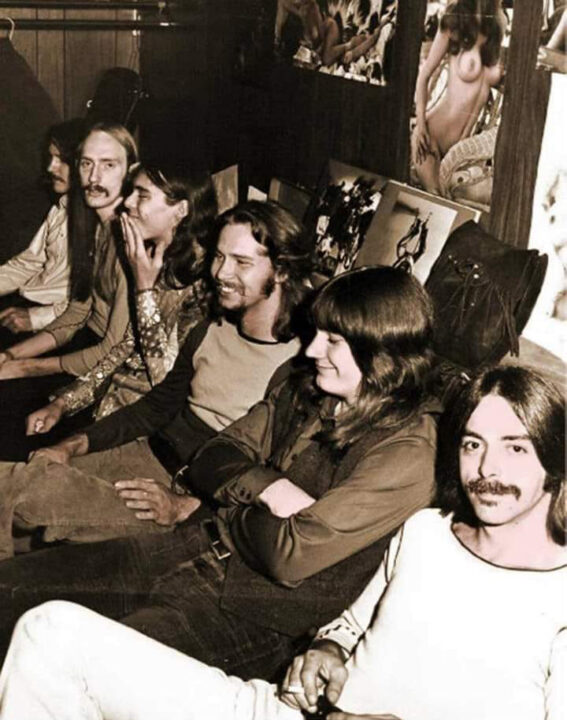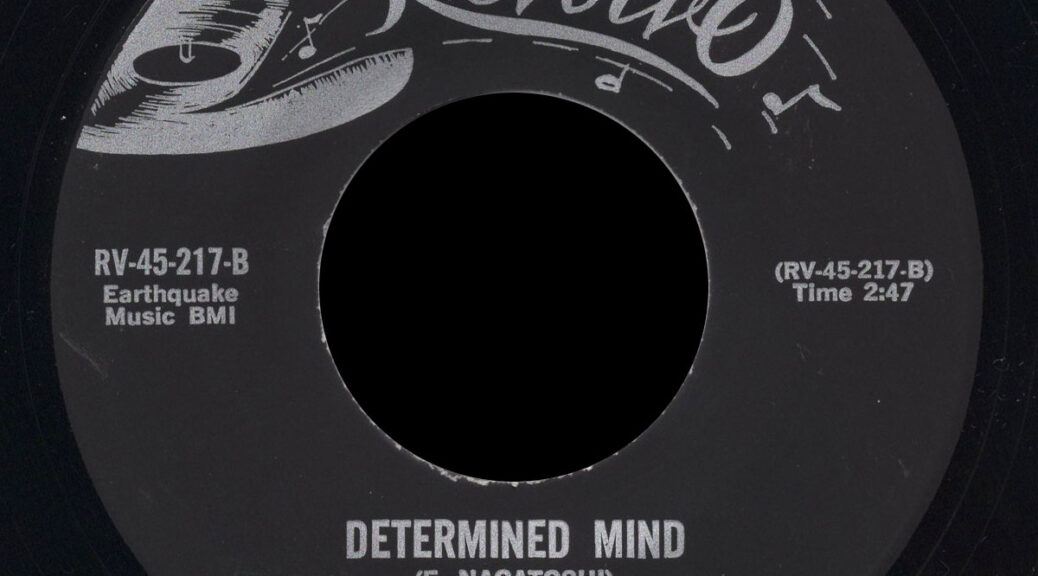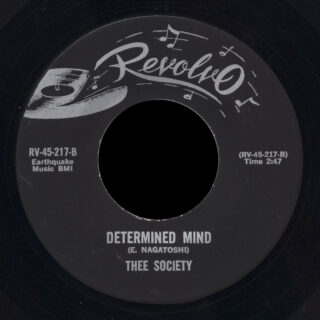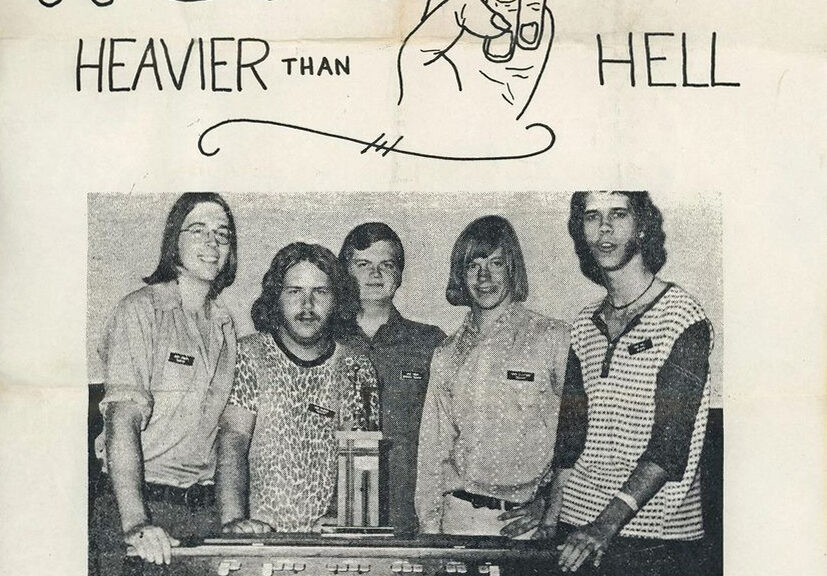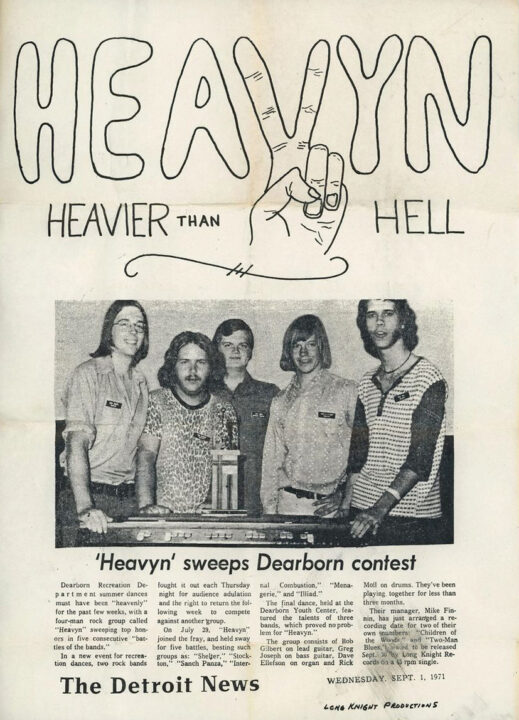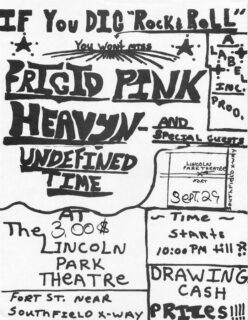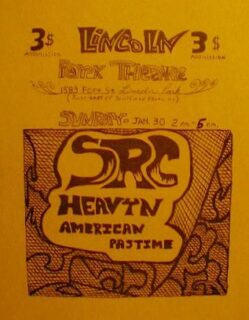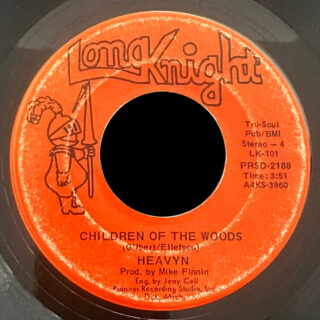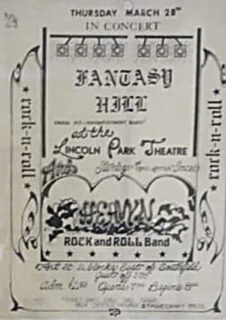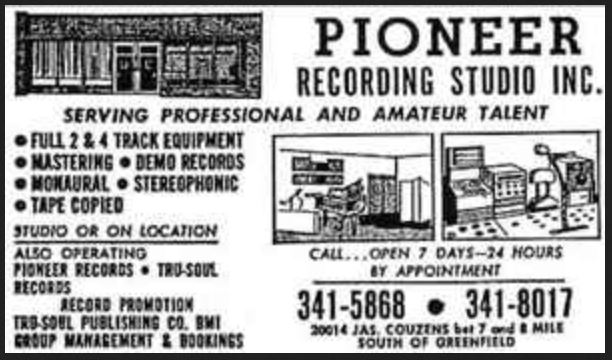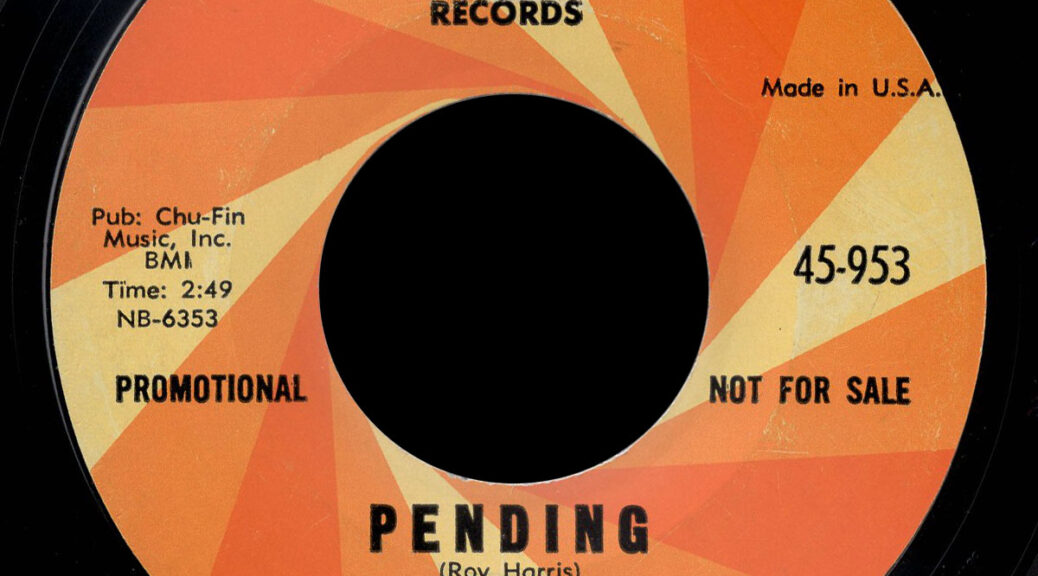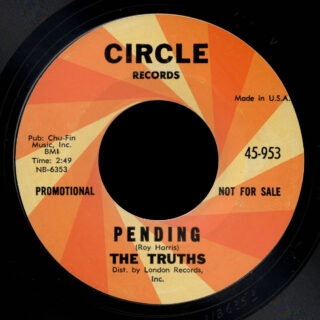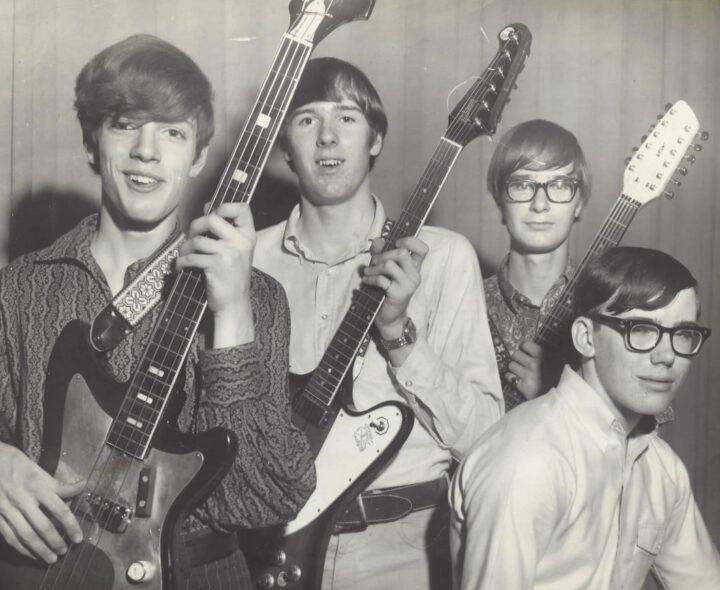
The Revolvers hailed from the Detroit neighborhood of Lake Orion, forming in the hallways of Lake Orion High School.
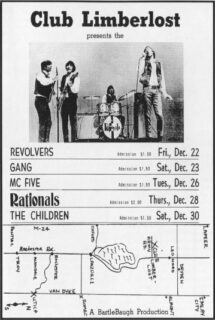 According to his brother, ex-Detroit area disc jockey and program director, Bill Pearson, the band’s founder, Earl “Ted” Pearson, excelled at sports — both basketball and baseball — from his Little League diamond days up through high school. As a star player for the Oxford High Wildcats, he was scouted by the Pittsburgh Pirates and the St. Louis Cardinals. A refusal to cut his long hair resulted in his dismissal from the team; a later shoulder injury ended his baseball career. He soon formed the Revolvers at the age of 16 in 1966 with his long-time music associate, bassist Harold Beardsley.
According to his brother, ex-Detroit area disc jockey and program director, Bill Pearson, the band’s founder, Earl “Ted” Pearson, excelled at sports — both basketball and baseball — from his Little League diamond days up through high school. As a star player for the Oxford High Wildcats, he was scouted by the Pittsburgh Pirates and the St. Louis Cardinals. A refusal to cut his long hair resulted in his dismissal from the team; a later shoulder injury ended his baseball career. He soon formed the Revolvers at the age of 16 in 1966 with his long-time music associate, bassist Harold Beardsley.
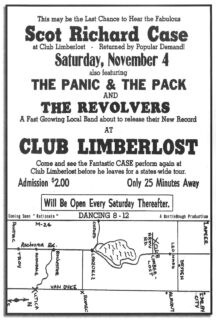
Rounded out with guitarist Don Hales and drummer Stan Burger, the Revolvers frequently appeared at Club Limberlost in Leonard, Michigan, just outside of Detroit. One of the Revolvers’ gigs at the Limberlost — which hosted many gigs by the more-established SRC, the MC 5, and the Rationals — was as a prestigious undercard to Panic & the Pack opening for a-soon-to-be-signed-to Capitol Records’ SRC.
While Stan Burger’s later musical exploits are forgotten, the Ortonville-born Don Hales graced the stages of Lake Orion’s Royal Oak Inn and Waterford’s 300 Bowl with Jacob’s Folly.

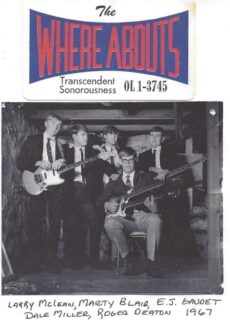
By 1968, with drummer Jim Roland (previous bands, unknown) and ex-Echoes from a Broken Mirror/Good Tuesday keyboardist Paul Cervenek, the Revolvers became the harder-edged Madrigal — managed by Bob Seger associate Joe Aramini. Along the way, Marty Blair, formerly of the Whereabouts (1966 to 1967) joined on keyboards.
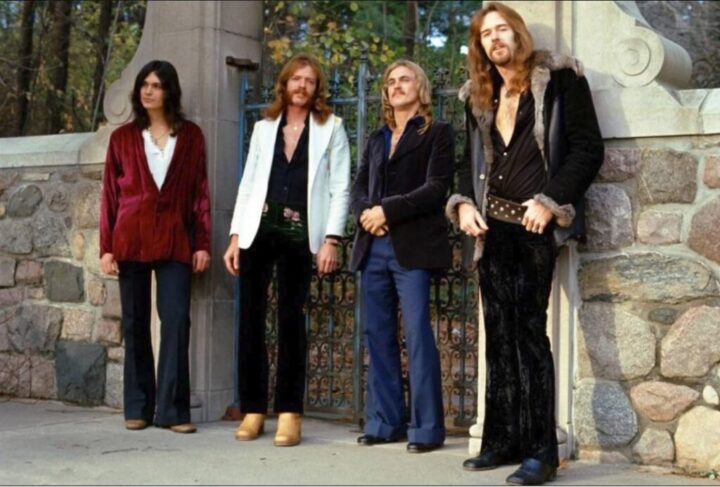
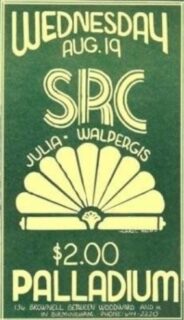
Upon more line-up changes — and with only Ted Pearson and Harold Beardsley from the original the Revolvers — Madrigal became Walpurgis in 1970. Under the new moniker, Walpurgis (for a time as Walpergis) shared the stage with SRC on August 19, 1970, at the Birmingham, Palladium with Julia (a Bob Seger-associated act) on the bill.
Upon the return of Jim Roland, and the addition of ex-Downtown Clergy keyboardist Russ Klatt, Walpurgis signed with Punch Andrews’s Hideout Productions. Rechristened as Phantom by Andrews, they recorded the 1974 Capitol Records release Phantom’s Divine Comedy: Part 1. Marty Blair, now a drummer, was a brief, non-recording member of Phantom.

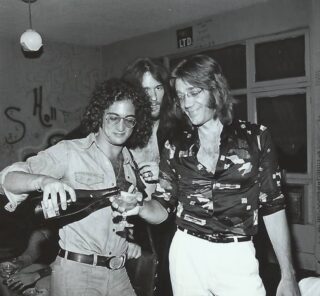
Ted Pearson eventually worked with Ray Manzarek and appeared at the infamous “Jim Morrison Third Anniversary Disappearance Party” at the Whisky A Go Go on July 3, 1974. After a stint with the touring solo band Mitch Ryder, Pearson fronted — under his legal name change of Arthur Pendragon — the band Pendragon from 1976 to 1983. Pendragon’s rosters featured Rick “The Lion” Stahl from Wilson Mower Pursuit and Sincerely Yours, Joe Memmer of the Free, and Jerry Zubal of the Kwintels. Late ‘70s demos by Pendragon were recorded and produced, in part, by Tom Carson, formerly of the Lazy Eggs, at his music store-studio, Fiddlers Music.

The Revolvers, Madrigal, Jacob’s Folly, Echoes from a Broken Mirror, Good Tuesday, and Downtown Clergy recorded no singles. It is said the Revolvers completed acetates that were never officially pressed; any radio airplay given to those acetates, are unknown. If anyone can provide a background on the Whereabouts and Jacob’s Folly, it would be appreciated.
Our thanks: David McLaughlin, publisher of the private-press book, Rockin’ the Limberlost, (2009), University of Michigan Press for the Revolvers’ flyer images, Tom Weschler/Bill Pearson for the photo and Gordon Jones for the roster information on the Revolvers, Mike Delbusso of Splatt Gallery of Walled Lake, Michigan, for the Whereabouts and SRC flyers, Tom Weschler/Bill Pearson for the Madrigal and Walpurgis photos, and James Fortune for the Whiskey photos.
Article by R.D Francis.


